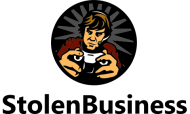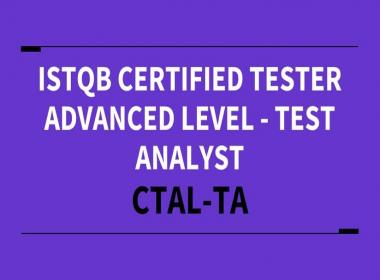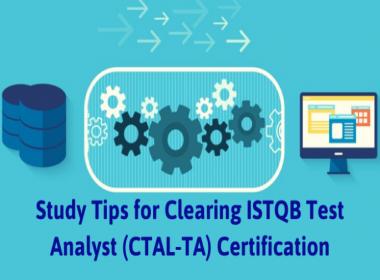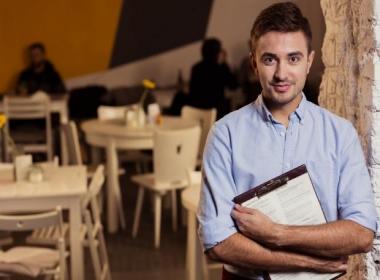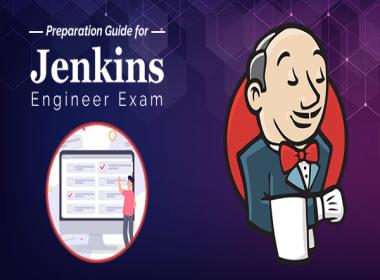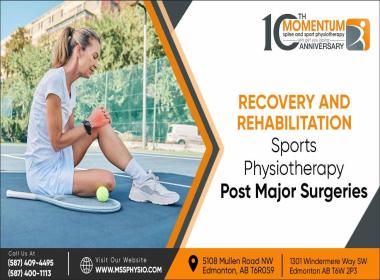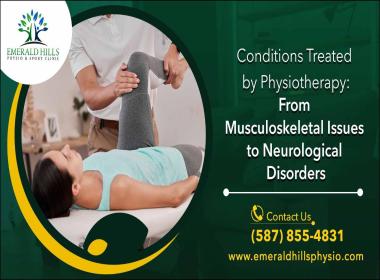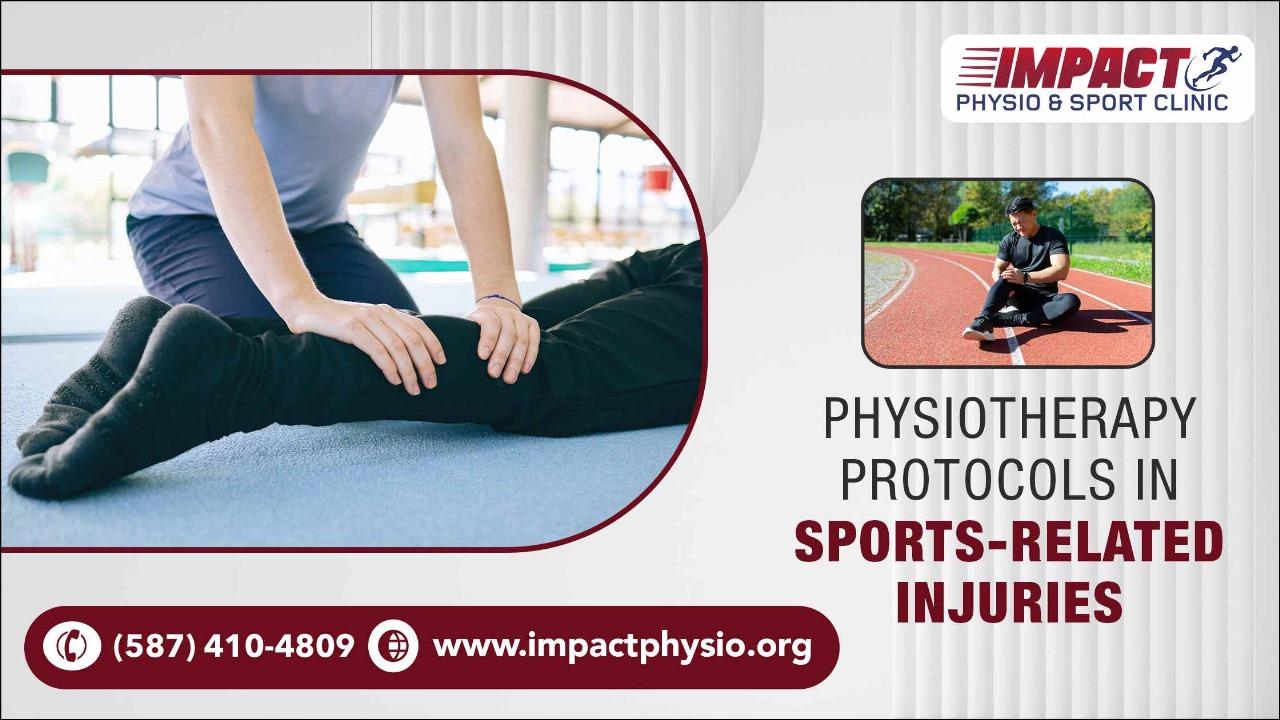
For both dedicated athletes and casual runners, injuries stemming from sports activities aren't merely an inconvenience; they can disrupt their pursuit of athletic milestones. With Beaumont becoming a hub for sports enthusiasts, there's a marked increase in the need for specialized physiotherapy solutions. Here's a deep dive into the protocols followed by sports physiotherapists and how they tackle sports-related injuries.
1. Initial Assessment and Diagnosis
The foundation of effective sports physical therapy begins with an accurate and comprehensive assessment. This entails a detailed history-taking where the therapist gathers information on the mechanism of injury, pain patterns, and any relevant past medical or injury history. Objective measures like range of motion, strength testing, and functional mobility assessments help in pinpointing the exact issue. Imaging, like MRIs or X-rays, might also be considered. The final diagnosis is crucial as it shapes the direction of the subsequent treatment.
2. Acute Injury Management
In the immediate aftermath of an injury, the focus is on minimizing swelling, managing pain, and preventing further damage. This is often achieved using the R.I.C.E. protocol (Rest, Ice, Compression, Elevation). Pain relief might also involve techniques like soft tissue mobilization or the use of other modalities like electrical stimulation. Early intervention can significantly speed up the healing process and lay the groundwork for rehabilitation.
3. Designing a Customized Rehabilitation Plan
Once the acute phase has passed, the physiotherapist crafts a tailored rehabilitation program catering to the athlete's specific injury, sport, and personal goals. This plan usually encompasses exercises to improve flexibility, strength, and proprioception. It's not a one-size-fits-all but rather a unique roadmap to recovery for each individual.
4. Manual Therapy and Modalities
Manual therapy involves hands-on techniques by the therapist to mobilize joints, massage soft tissues, and stretch muscles. This aids in reducing pain, improving circulation, and enhancing mobility. Alongside, modalities like ultrasound, TENS (Transcutaneous Electrical Nerve Stimulation), or cryotherapy may be employed to facilitate the healing process and manage symptoms.
5. Sport-Specific Rehabilitation
Returning to play isn't just about healing the injury; it's about regaining the specific skills and strengths necessary for the sport. This phase focuses on functional exercises that mimic sports movements, drills to enhance agility, coordination, and balance, and sport-specific tasks, ensuring the athlete is game-ready.
6. Prevention Education
A pivotal aspect of sports physiotherapy in Beaumont is educating athletes on preventing future injuries. This includes proper warm-up and cool-down techniques, guidance on appropriate footwear or equipment, and teaching correct biomechanics or postures during sports activities.
7. Performance Enhancement
Beyond rehabilitation, there's an emphasis on optimizing an athlete's performance. This might involve fine-tuning techniques, improving physical conditioning, or even recommending changes in nutrition or training regimens. The goal is not just to return to the sport but to excel in it.
8. Nutrition and Rehabilitation
Nutrition can significantly influence the healing process. By collaborating with nutritionists, physiotherapists can recommend dietary adjustments that accelerate recovery, reduce inflammation, and enhance the body's reparative processes.
9. The Mental Aspect of Recovery
An injury can be as draining mentally as it is physically. Sports physiotherapists often collaborate with psychologists or counselors to help athletes cope with the frustration, anxiety, and fear that can accompany an injury.
10. Regular Follow-ups and Monitoring
Healing is a journey, and regular check-ins ensure that the athlete remains on the right track. These follow-ups monitor progress, address any emerging issues, and adjust the rehab plan as necessary. It's a dynamic process, with the physiotherapist ensuring that recovery is both effective and efficient.
11. Post-Recovery: Transitioning Back into Sports
Following an injury, the culmination of an athlete's recovery isn't just the physical healing but their successful return to their sport of choice. This transition involves a structured and phased reintroduction to sports-specific activities. It's essential to rebuild not only the physical strength but also the sport-specific stamina to ensure peak performance. The psychological aspects, like confidence and overcoming the fear of re-injury, play a pivotal role. Starting with basic drills, the intensity should be gradually escalated until full competitive participation is achieved. Throughout this phase, maintaining continuous dialogue between the coach, athlete, and physiotherapist is crucial, allowing for real-time adjustments based on feedback and ensuring a holistic recovery.
Technology in Sports Injury Rehabilitation
Motion capture systems now enable physiotherapists to analyze and optimize an athlete's technique critically. Meanwhile, the emergence of wearable tech devices offers a detailed insight into various metrics, aiding a more tailored rehabilitation approach. Moreover, the integration of Virtual Reality (VR) and Augmented Reality (AR) into therapy creates controlled environments for athletes to practice safely. Instant feedback tools, like force plates and pressure mats, further fine-tune rehab efforts. By harmonizing traditional methods with these technological marvels, physiotherapy delivers a more rounded and effective care regimen to athletes.
The Path Forward for Athlete Recovery
Sports injuries, while common, should never be taken lightly. The right physiotherapeutic intervention can make the difference between a swift, effective recovery and prolonged discomfort or even long-term damage. With state-of-the-art services like those at Impact Physiotherapy, athletes can rest assured they're in capable hands.
If you or someone you know needs specialized care for sports-related injuries, search for a "sports physiotherapist near me," and you'll find the expertise required to get back on track. Embrace the comprehensive, athlete-centric approach and regain your competitive edge!
Also read about:
Physiotherapy Approaches for Managing Age Related Musculoskeletal Disorders
What exactly is a Commercial Contract
